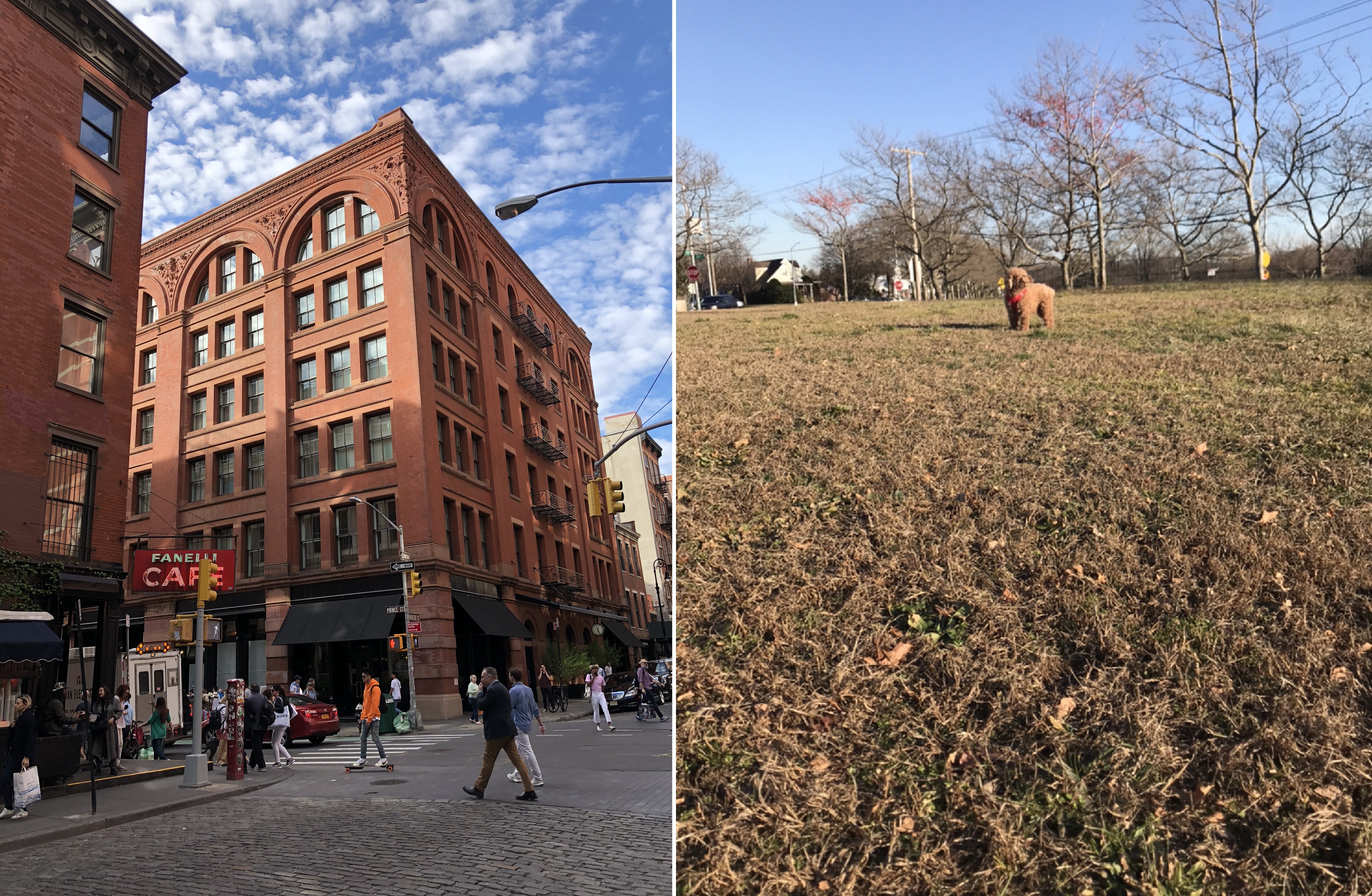United States, Borough of Queens
FC-02x Livable Future Cities ( Self- Paced) - Compulsory Exercise 2

Uploaded on 2020-05-21 by Viola
1. UHI effect produces a significant temperature difference--about 20degF change between urban and its corresponding rural communities is similar to temperature differences between different seasons. 2. For New York, the urban regions have up to 20degF increase than rural areas with an average 2.7degF summer difference and 1 fewer days above 90degF than rural areas. While the UHI effect definitely exists, the average difference is relatively low and the very hot days are still in rural areas. Queens has a lower UHI effect, 1-1.5degC less than other boroughs (Staten Island exempt). [images] contributions to UHI due to less vegetation and greenery, dense population, high rises, transportation hub, business hub, narrow streets, lots of surfaces to capture radiation. 3. The tax incentive is a really good way to help reduce the UHI effect for public and private property. Additional, research and implementation of certain vegetation and swales in between sidewalk, curb, and sewer could be effective when applied city wide. Taking advantage of vegetation is a good measure as it lowers UHI and pollutants. 4. There are several policies/initiatives to reduce UHI effect in NY: tax incentives, research, and outreach education programs for green/cool roofs, increasing vegetation, and building code requirements.